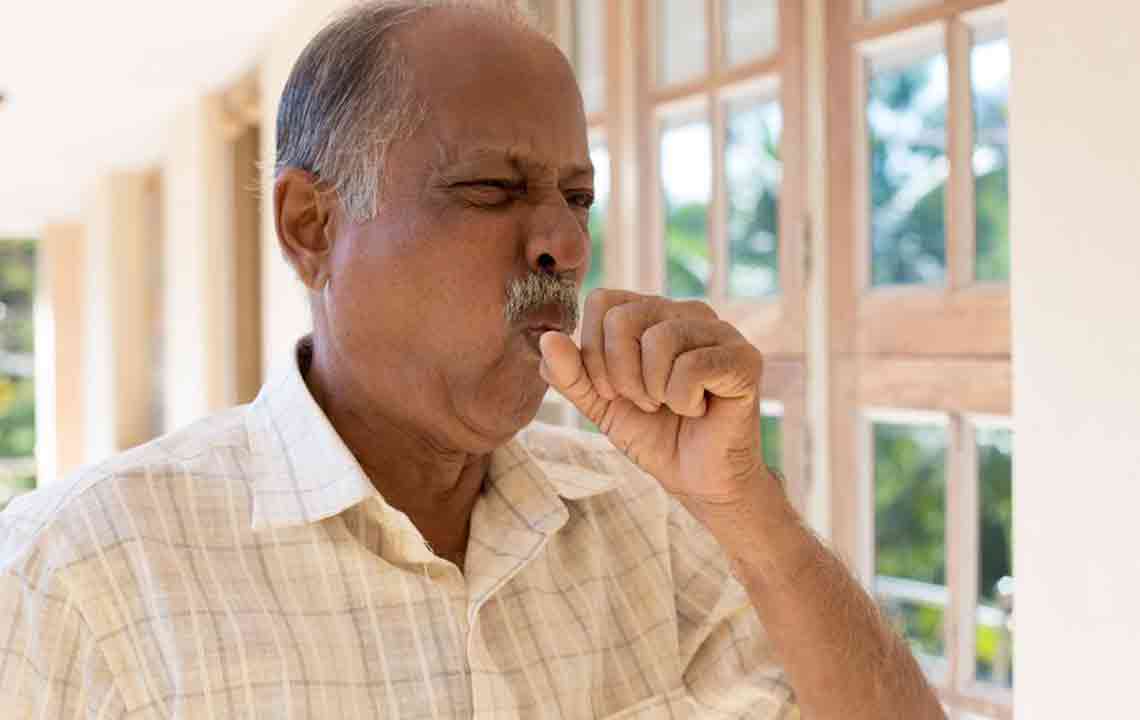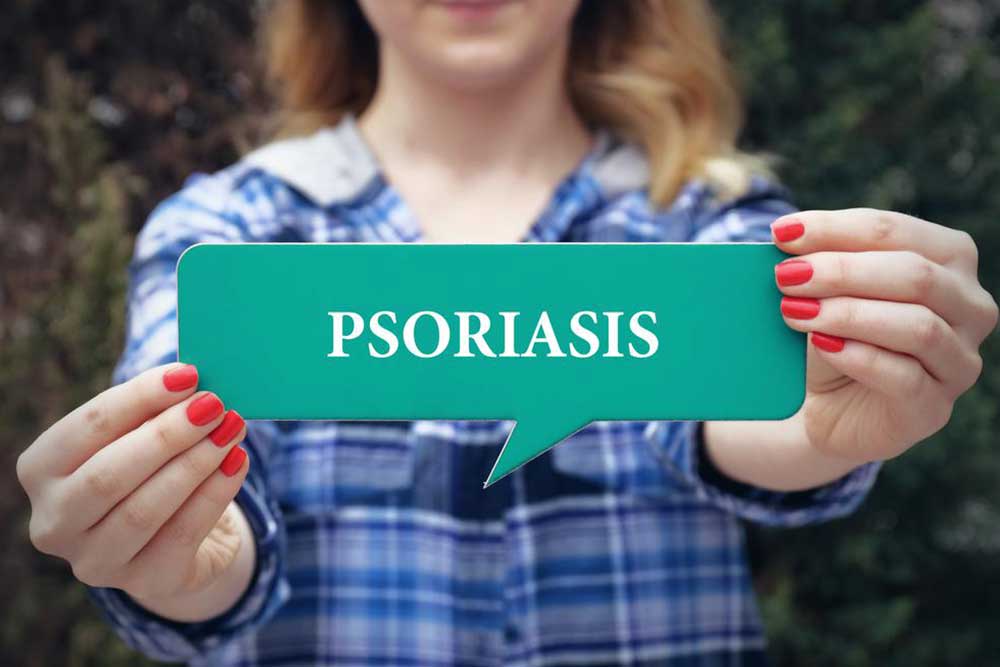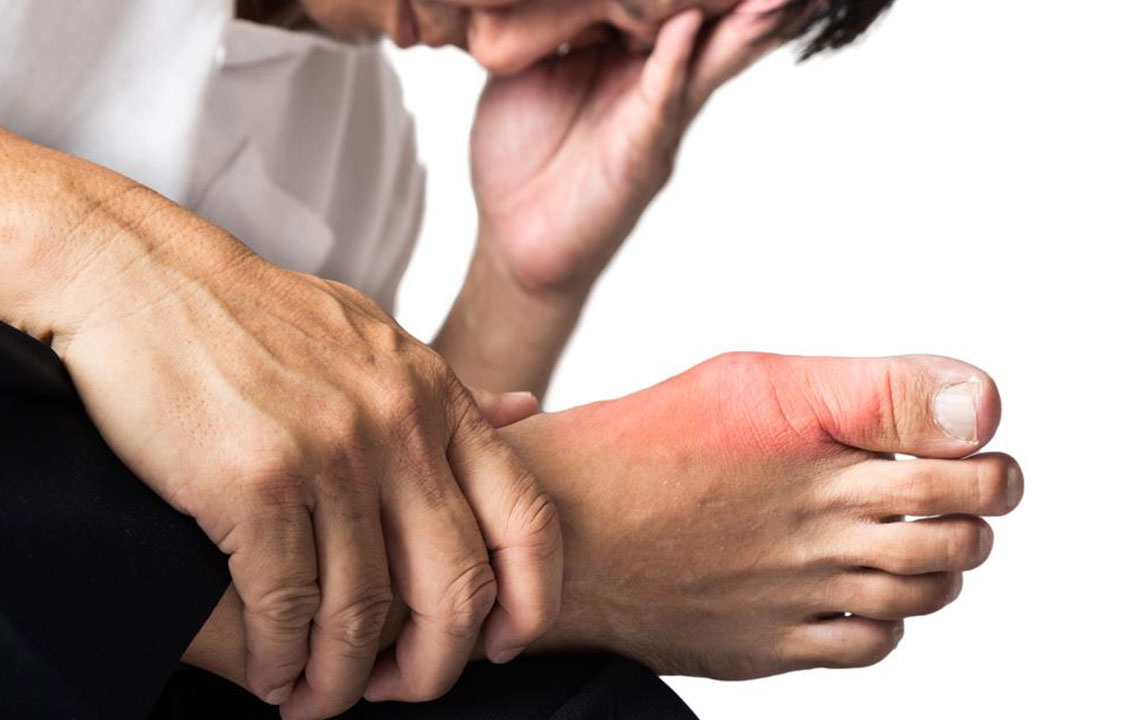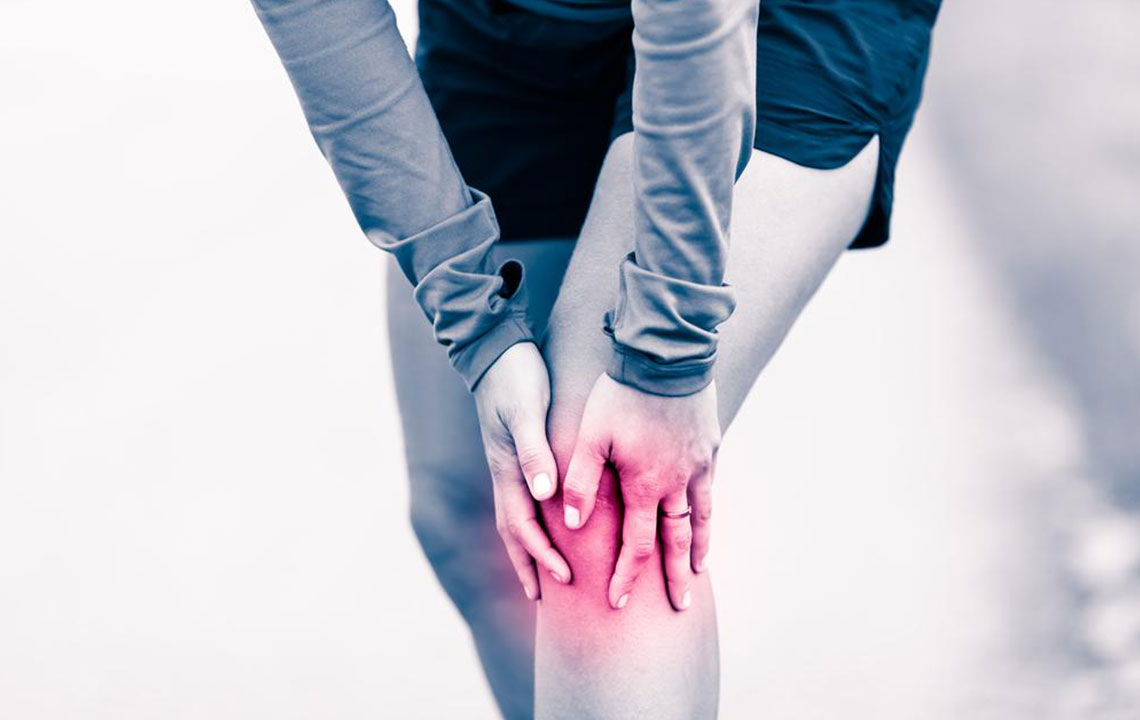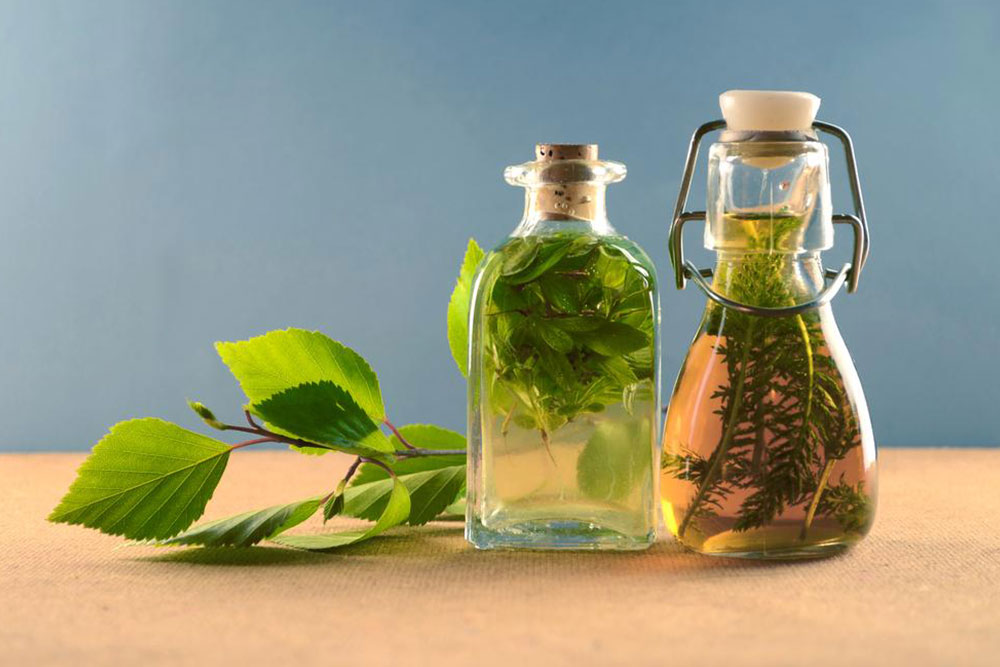Understanding Fever Temperature Guidelines and Home Remedies for Cold Sores
This guide explains how to identify fever using different measurement methods and offers effective home remedies for cold sore relief. It emphasizes the importance of monitoring symptoms and seeking professional help if necessary, ensuring safe and informed healthcare practices.

Fever is a common condition most people experience at some point. While mild fevers are typically harmless, persistent or high temperatures can be a cause for concern. To determine if you have a fever, use a digital thermometer to measure your body temperature.
Compare your reading with standard fever guidelines to decide if medical attention is needed. Common methods for checking temperature include rectal, oral, and underarm readings.
Rectal measurement: Involves inserting a lubricated thermometer into the rectum; a temperature of 100.4°F or higher indicates fever.
Oral measurement: Place the thermometer under the tongue until it beeps; 100°F or above signals a fever.
Underarm measurement: When the thermometer reads 99°F or higher, it suggests a fever.
When dealing with fever blisters or cold sores, certain home remedies can provide relief. Avoid picking at the blisters, as this can worsen inflammation.
Applying ice can numb pain and reduce burning sensations.
Tea tree oil, with antiviral properties, promotes healing when applied several times daily.
Dabbing whole milk — rich in immunoglobulins and calcium — soothes inflammation and speeds recovery.
Garlic paste is effective due to its antiviral and antibacterial qualities.
Licorice root, containing glycyrrhizin, can reduce redness and blister size.
If symptoms worsen despite home treatments, consult a healthcare professional. Proper care ensures quicker recovery and reduces complications.

